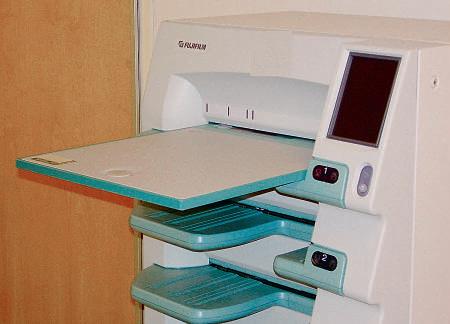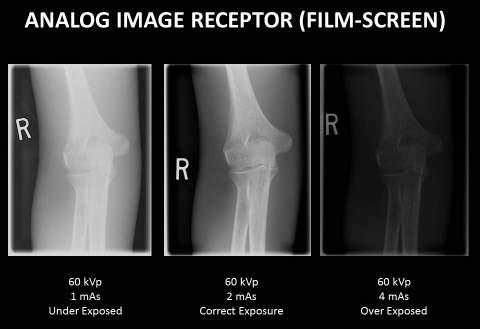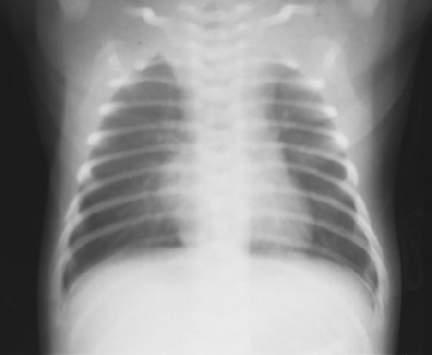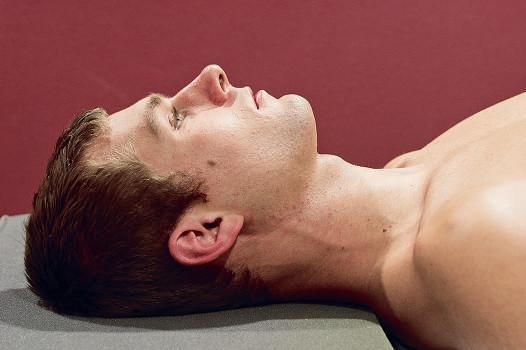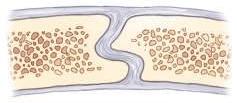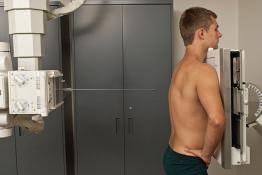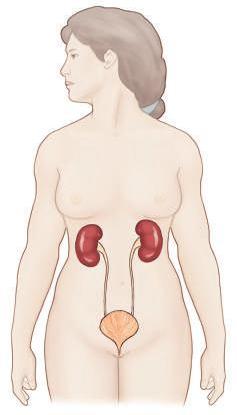Terminology, Positioning, and Imaging Principles C H A P T E R 1
7
Integumentary System
The tenth and final body system is the integumentary (in-teg˝-umen′-tar-e) system, which is composed of the skin and all structures derived from the skin. These derived structures include hair, nails, and sweat and oil glands. The skin is an organ that is essential to life. The skin is the largest organ of the body, covering a surface area of approximately 7620 cm2 and constituting 8% of total body mass in the average adult. The five functions of the integumentary system are as follows: 1. Regulate body temperature 2. Protect the body, within limits, against microbial invasion and mechanical, chemical, and ultraviolet (UV) radiation damage 3. Eliminate waste products through perspiration 4. Receive certain stimuli such as temperature, pressure, and pain 5. Synthesize certain vitamins and biochemicals such as vitamin D
Skeletal Anatomy Because a large part of general diagnostic radiography involves examination of the bones and joints, osteology (os˝-te-ol′-o-je) (the study of bones) and arthrology (ar-throl′-o-je) (the study of joints) are important subjects for the technologist.
1
Fig. 1-11 Integumentary system.
OSTEOLOGY The adult skeletal system is composed of 206 separate bones, which form the framework of the entire body. Certain cartilages, such as those at the ends of long bones, are included in the skeletal system. These bones and cartilages are united by ligaments and provide surfaces to which the muscles attach. Because muscles and bones must combine to allow body movement, these two systems sometimes are collectively referred to as the locomotor system. The adult human skeleton is divided into the axial skeleton and the appendicular skeleton. Axial Skeleton
The axial (ak′-se-al) skeleton includes all bones that lie on or near the central axis of the body. The adult axial skeleton consists of 80 bones and includes the skull, vertebral column, ribs, and sternum (the dark-shaded regions of the body skeleton in Fig. 1-12). ADULT AXIAL SKELETON Skull
Cranium Facial bones
Hyoid
Thorax
6 Cervical
7
Thoracic
12
Lumbar
5
Sacral
1
Coccyx
1
Sternum Ribs
Total bones in adult axial skeleton
14 1
Auditory ossicles (small bones in each ear) Vertebral column
8
1 24 80
Fig. 1-12 Axial skeleton—80 bones.





